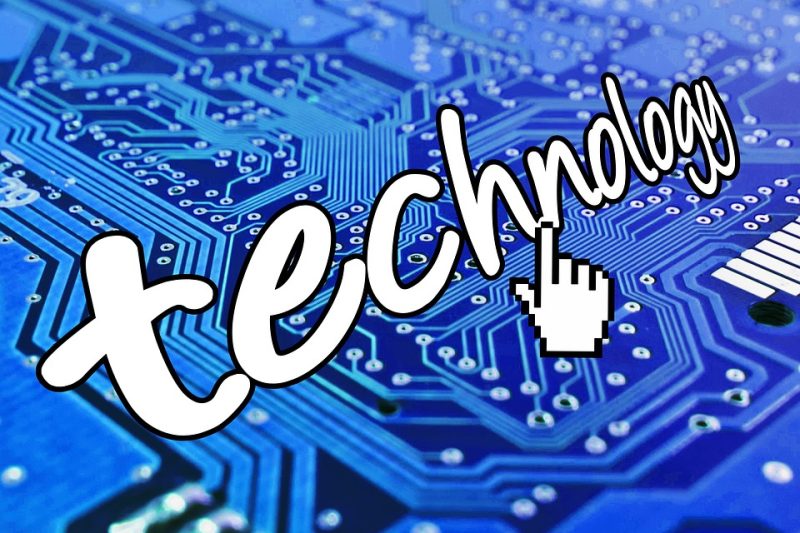Addiction, in today’s world, has become more than just a mere personal experience for some. It’s now considered a complex brain disorder that involves both chemical and behavioral aspects in humans.
Understanding the differences between self-directed attempts and professional treatments in triggering addiction recovery is now essential. That’s because, for Dr Michael Vivian Ventura CA, it can help people with an addiction find the right support and guide their families on how they can help.
What is Self-Directed Addiction Treatment?
One common method people choose to break the chain of addiction is through self-directed attempts. This type of addiction treatment method is more popularly referred to as ‘going cold turkey.’ These treatment methods usually involve the patients themselves deciding to quit their addictions and taking certain steps to get rid of their addictive habits.
Self-directed addiction treatment not only includes stopping alcohol or drugs but also increased physical activity, self-help books, and support, meditation, or diet changes. Other than that, it also relies heavily on self-determinism and control – with the person often believing they can manage their addiction alone.
The Downside of DIY Addiction Treatment Attempts
While self-directed attempts at addiction treatment are brave, they always come with numerous challenges. For one, withdrawal symptoms are common and can range from mild irritability to intense physical sickness, depending on the level of addiction. Without professional help, these symptoms can become overwhelming, leading to relapses.
Other than that, DIY attempts often overlook the underlying issues that cause addiction. Many people turn to substance use as a way to cope with mental health issues such as depression, anxiety, or trauma. Stopping substance usage doesn’t address these root causes. This may potentially lead to a return to harmful behaviors when such issues resurface.
The Professional Approach to Addiction Treatment
Professional treatments, on the other hand, offer a well-rounded and strategic approach to overcoming addiction. The addiction treatment program usually commences with the detox process, handled by medical professionals who know how to mitigate withdrawal symptoms effectively.
According to Dr Michael Vivian Ventura CA, professional addiction treatment goes beyond detoxification. The subsequent phase includes therapy and counseling, which help tackle the root cause of addiction. Cognitive Behavior Therapy (CBT) and Dialectical Behavioral Therapy (DBT) are popular addiction therapy options. These therapies aim to identify negative thoughts or triggering situations and replace them with healthier and constructive alternatives.
Why You Should Consider Professional Addiction Treatment Instead
For one, professional addiction treatment provides patients with a solid and effective support system. Various peer support groups within recovery centers are beneficial. That’s because they give patients the needed chance to acknowledge their struggles and develop coping mechanisms.
The said addiction treatment programs can be done within a judgment-free environment. This effectively reduces the feeling of isolation which is often a key factor driving individuals to fall back on addictive patterns.
Other than that, the best professional treatments for addiction also offer the best aftercare programs for recovering patients. These programs will provide continued support and monitoring – even long after the person has completed addiction treatment, which can reduce the chances of a relapse.



